Oceanic Blacktip sharks (Carcharhinus limbatus) are by far the most common of the sharks to be seen at the Protea Banks.
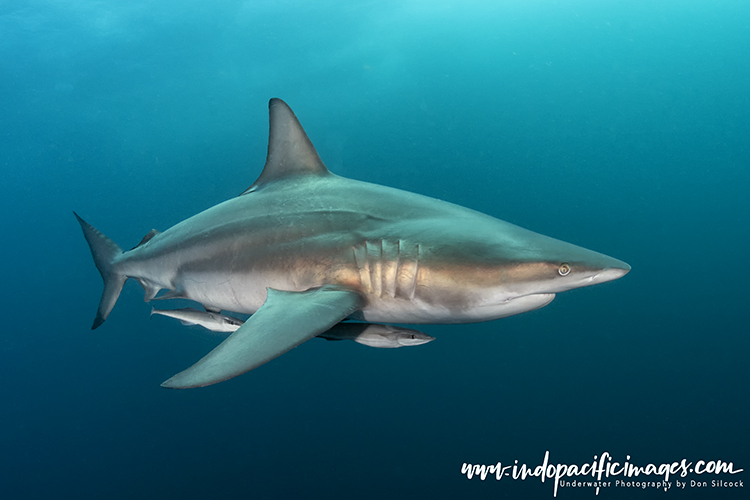
Oceanic Blacktip Sharks Vs The Reef Variety…
Not to be confused with the smaller Blacktip Reef variety Carcharhinus melanopterus. Which, as its name suggests, are found on and around coral reefs – typically in warmer waters. The “Oceanic” version gets it name from the fact that it spends most of its time in more open water.
Although not a true pelagic shark like, for example, the Oceanic Whitetip. They spend a great deal of time hunting in the waters in around the Protea Banks. And often appear both during ascents to the surface and at the safety stop.
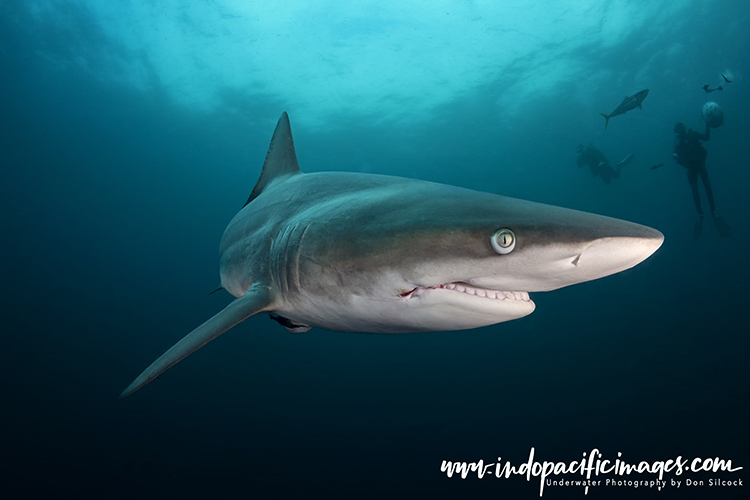
Oceanic Blacktip Sharks – Are They Dangerous?
Oceanic Blacktips are stout bodied, medium sized sharks that grow to about 2.5m in length. They have a distinctive light band on their flanks that stands out against their bronze coloration and light underbelly. Which, together with their tall dorsal fin and pointed snout makes them easy to identify…
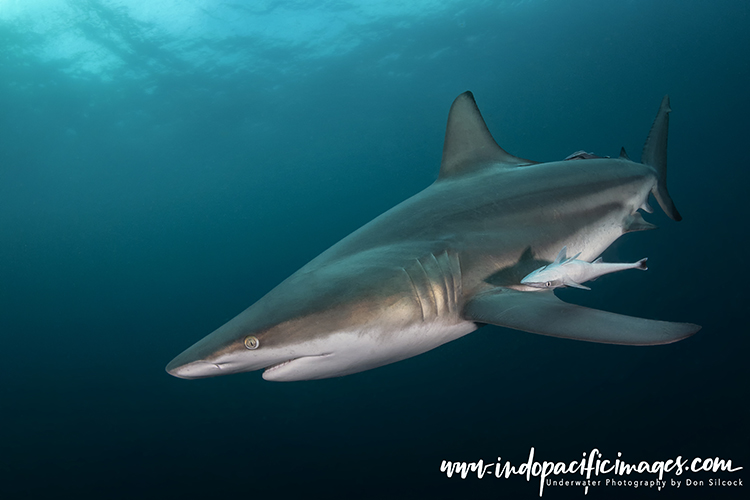
They typically feed on smaller sharks, rays, cuttlefish, lobster and bottom fish. In contrast though, they are also notorious for stealing fishermen’s catch. And are not exactly popular among the fishing community of Margate…
Oceanic Blacktip sharks generally show very little aggression and appear to be quite wary of divers. They are however easily enticed in by baiting and are the main attraction for the regular baited dives on the Protea Banks. In the presence of food, they are much less cautious and can become quite “sporty” around the bait box.
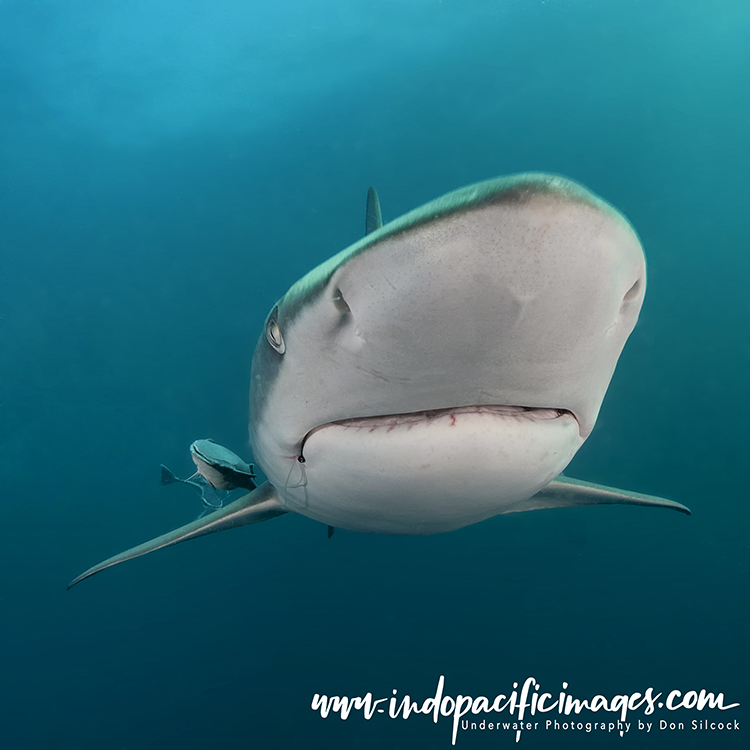
Oceanic Blacktip Sharks – Hook Damage…
The Protea Banks is not a protected area and a great deal of fishing take place there. The general attitude of most of the fishing community seems to be that the only good shark is a dead one. The fact that Oceanic Blacktip sharks steal the fishermen’s catches only makes that enmity worse!
Many of the Ocean Blacktips have hooks stuck in their mouths and some have horrendous injuries. It’s incredibly sad to see!
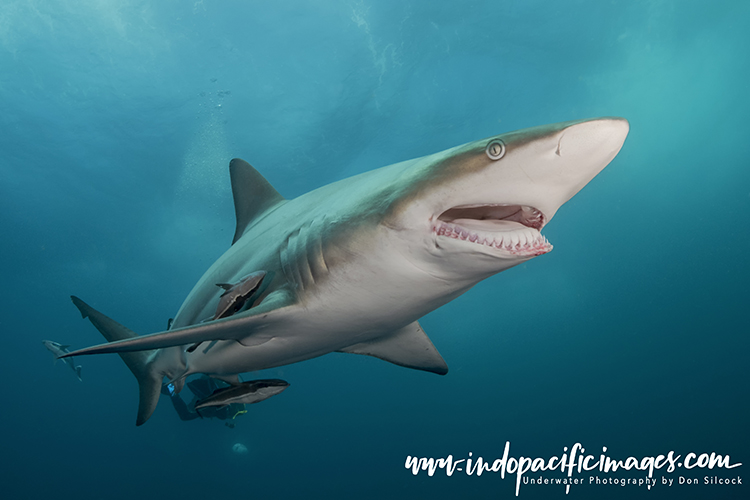
Back To: Complete Guide to Diving Protea Banks
